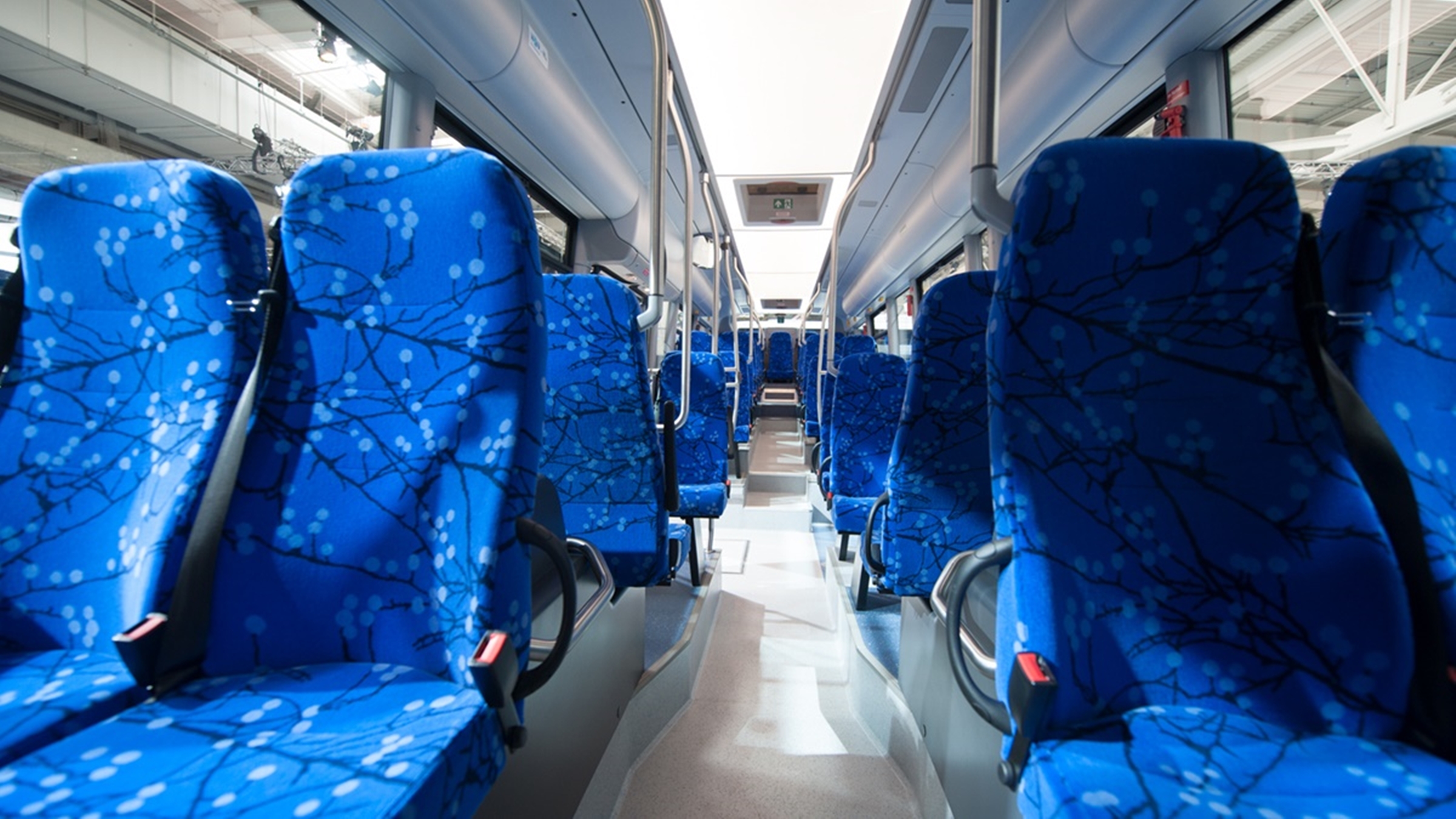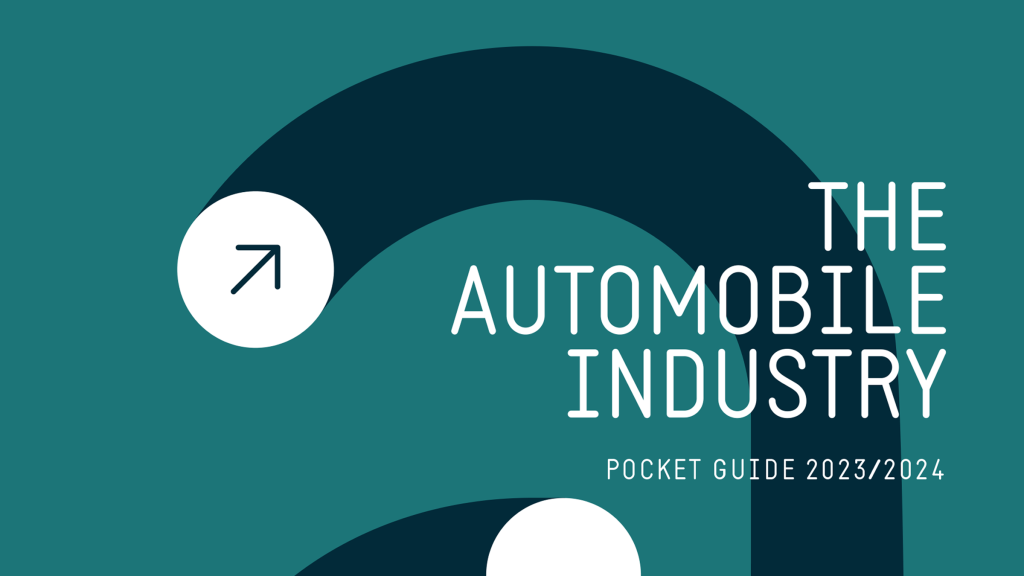Buses: what they are and why they are so important

Buses are the most widely-used form of public transport in the EU, serving cities as well as suburban and rural areas. They are also the most cost-efficient and flexible form of public transport, requiring minimal investments to launch new lines or routes.
What are buses?
- The European classification system defines buses and coaches as “vehicles having at least four wheels, designed and constructed for the carriage of passengers, comprising more than eight seats in addition to the driver’s seat”.
- Buses and coaches are classified as the ‘M2’ category (for those under 5 tonnes) or ‘M3’ (for those exceeding 5 tonnes) by the system.
Why are buses so important?
- Buses and coaches improve social inclusion, providing access to education, employment and healthcare to all – including those on low incomes, those who do not drive, the older generation, people with disabilities and people living in remote areas.
- Buses are the most widely-used form of public transport in the EU, serving cities as well as suburban and rural areas.
- They are also the most cost-efficient and flexible form of public transport, requiring minimal investments to launch new lines or routes.
- Bus Rapid Transit (BRT) systems have gained popularity worldwide as a cost-effective alternative to far more expensive urban rail investments.
- Coaches move people comfortably and affordably across long distances.
- Buses and coaches are vital contributors to tourism.
- With one bus capable of replacing 30 cars on the road, buses help ease traffic congestion.
- Buses and coaches have the lowest carbon footprint per passenger of any form of motorised transport.
- Buses are a safe transport mode, responsible for just 2% of road fatalities in the EU.
With one bus capable of replacing 30 cars on the road, buses help ease traffic congestion. Buses also have the lowest carbon footprint per passenger of any form of motorised transport.
In figures
- 55.7% of all public transport journeys in the European Union (or 32.1 billion passenger journeys per year) are made by urban and sub-urban buses.
- 487.5 billion kilometres – 9% of passenger transport on land in the EU is made by buses and coaches.
- This represents 487.5 billion passenger-kilometres per year.
- 684,285 – There are 684,285 buses in circulation on the EU’s roads today.
- 12.8 years – The average age of the EU bus fleet is over 12.8 years.
- 29,941 new buses and coaches were registered throughout the EU in 2021.
- 66 – There are 66 bus assembly plants in Europe.
- 18,083 European buses were exported in 2021, worth €632 million.
- 68.8% of all new buses sold in the European Union are powered by diesel.
- 10.6% – Electrically-chargeable vehicles (battery electric and plug-in hybrid) together represent 10.6% of new bus sales in the EU.
- 1.0% of all buses on the road today are electrically-powered vehicles.
55.7% of all public transport journeys in the European Union (or 32.1 billion passenger journeys per year) are made by urban and sub-urban buses.
Content type
Fact
Vehicle types
All vehiclesCommercial vehiclesBuses


